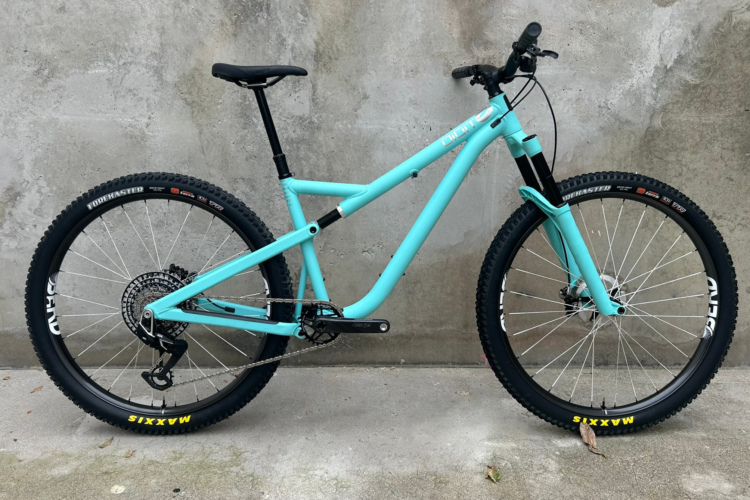
The Stoke is an occasional opinion series highlighting the things that get us stoked about mountain biking. 🤘 👍 👏 🙏
As a kid, I always thought turtles were cool. I enjoyed imagining what it would be like to carry my house with me everywhere I went, free to endlessly explore and roam the earth. Explore, eat, sleep. That would be the life!
I think that’s why bikepacking gets me stoked. Strapping a bunch of gear to a bike and rolling around for days feels, in many ways, like finally becoming a turtle.
I know, turtles aren’t the sexiest animals out there, and frankly they get a bad rap for being slow and plodding, which certainly isn’t how most mountain bikers tend to view themselves. Compared to XC and downhill mountain biking especially, bikepacking is slow. However, I’m pretty sure every bikepacker, at some point or another, thinks about the fable of the tortoise and the hare. We tell ourselves to be the tortoise, holding back and pacing the ride so we can last for days, weeks, or even months on the trail.
The upshot is that as soon as we slow down, we start seeing and experiencing our surroundings on a whole new level, even compared to our regular rides. The sweet, grass-scented breeze; the yellow bird flitting in the brush; the sound of the stream slipping over smooth rocks. The turtle is likely aware of all of this, though it’s only when we slow to his speed that we get to experience this rich world for ourselves.
While some turtles live their entire lives within a fairly small radius, others like the Leatherback Sea Turtle can travel as far as 3,000 miles from their nest. Is it a coincidence that the Great Divide bikepacking route is roughly the same length? Maybe, but then again maybe not.

Years ago I went on a weeklong hut-to-hut bike trip from Durango to Moab, which is sort of a bikepacking-lite adventure. For whatever reason, the trip organizer suggested carrying the limited clothing and supplies we would need on our backs. Now I know that there are plenty of good options for getting gear off our backs and onto our bikes, an advantage that surely gives us a leg up on turtles.
According to this article, a turtle’s shell provides not just as shelter but it also helps regulate temperature and store energy, much like our packable puffy jackets and Clif bars. Turtles, like all animals, have to be self-reliant just to survive, and as humans on bikes traveling through the wilderness, we need to be equally prepared. To distill our lives down to the essential items that fit in a frame bag feels both primal and exhilarating at the same time.

On a recent bikepacking trip across central Florida I found myself grazing at convenience stores along the way, much like a turtle periodically stopping to munch a little grass before continuing on. By the second day I had lost any sense of propriety, plopping down on dirty sidewalks and messily shoving food into my mouth, surely shocking those driving by in their cars. “What an animal,” I imagined some of them must have thought. In many ways, bikepacking had turned me into an animal, which in hindsight is kinda the point.
Getting back to thinking about what it’s like to be the turtle, I suppose its main concern is really just survival. The turtle doesn’t worry about what’s going on at work, or how his kids are doing in school, or if he looks cool in his shell. No, he’s literally just out in the world trying to stay alive, which is scary no doubt but totally liberating too.
When we’re on the bike and able to fend for ourselves there’s a sense of freedom that only the animal kingdom knows. To get a glimpse of it, even for just a day or two at a time, is truly something I can get stoked about.
Show your Support
Become a Singletracks Pro Supporter today and enjoy benefits like ad-free browsing.
With your support we can provide free worldwide trail information and original content created by our team of independent journalists.
















